David
TPF Noob!
- Joined
- Aug 22, 2006
- Messages
- 96
- Reaction score
- 11
- Location
- Suffolk, UK
- Website
- www.davidbazlinton.com
- Can others edit my Photos
- Photos NOT OK to edit
Great images, I love HDR, but boy do you need some memory to run the processing quickly.
I love the skies, which are always hard to avoid blurring with HDR, and I'd be interested to know how you managed it - no wind, post-processing? If I do HDR outside, and there's any sort of sky other than gin clear or completely clouded over, I tend to use the sky from only one of the images, and add it on a layer so that I can post-process it separately.
As already stated above, there are loads of tutorials for HDR out there on the web, but one of the very best (IMO) if you are using PS CS2, is this one - click here. It's worth checking out all the tutorials on this site as they cover a wide range of subjects with stuff for beginners and experts alike. I would also strongly recommend viewing the gallery if you've not seen this site before. If you want to see what can be achieved using HDR and long exposures then Sean McHugh's work is way up there at the top.
David
I love the skies, which are always hard to avoid blurring with HDR, and I'd be interested to know how you managed it - no wind, post-processing? If I do HDR outside, and there's any sort of sky other than gin clear or completely clouded over, I tend to use the sky from only one of the images, and add it on a layer so that I can post-process it separately.
As already stated above, there are loads of tutorials for HDR out there on the web, but one of the very best (IMO) if you are using PS CS2, is this one - click here. It's worth checking out all the tutorials on this site as they cover a wide range of subjects with stuff for beginners and experts alike. I would also strongly recommend viewing the gallery if you've not seen this site before. If you want to see what can be achieved using HDR and long exposures then Sean McHugh's work is way up there at the top.
David




![[No title]](/data/xfmg/thumbnail/40/40287-4f839095000f74d779b90ed75df9dc62.jpg?1619739408)
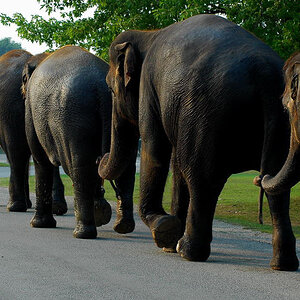
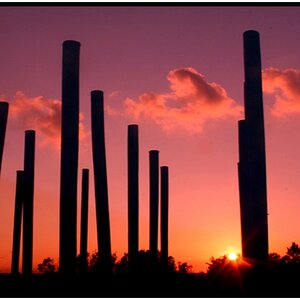
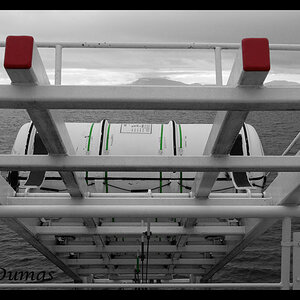
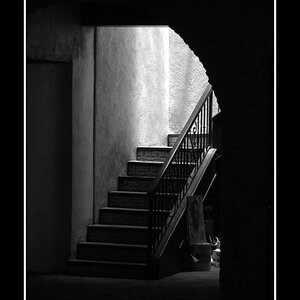
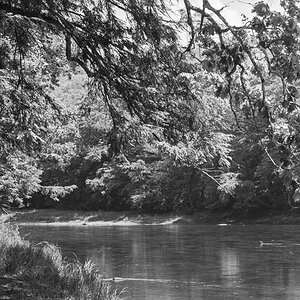
![[No title]](/data/xfmg/thumbnail/36/36678-71ca8166409788704ac0b1cd83c26787.jpg?1619737677)



